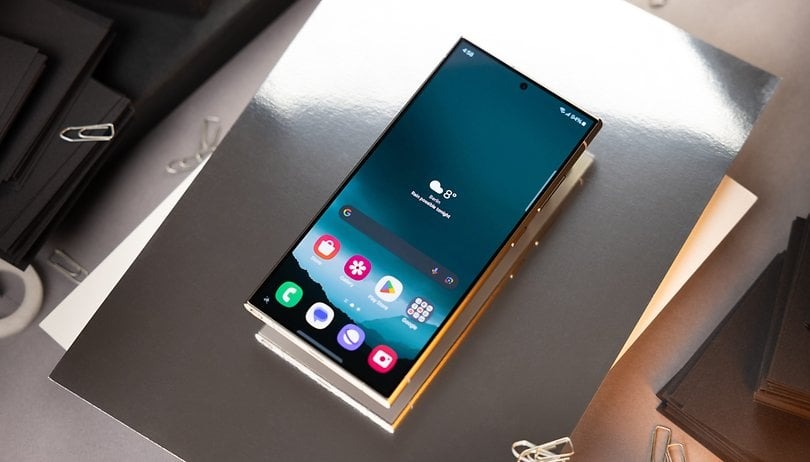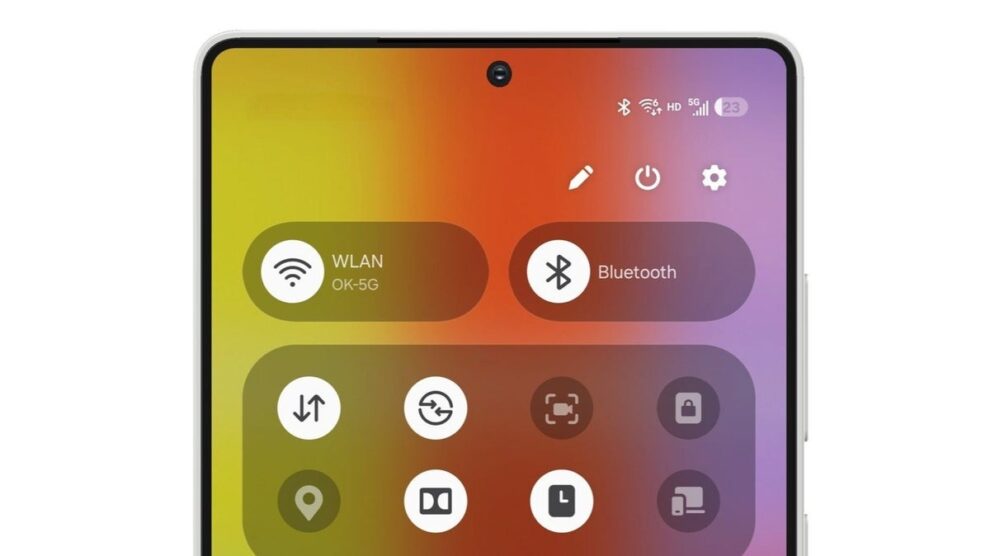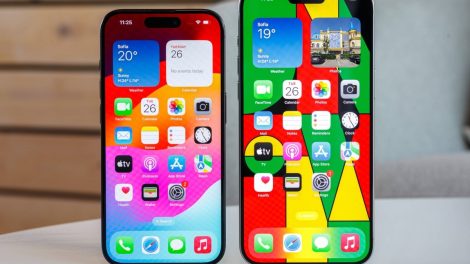In the ever-evolving landscape of smartphone software, Samsung’s One UI has established itself as a key player, offering a unique blend of features and design elements atop the Android operating system. As one of the largest smartphone manufacturers globally, Samsung’s software decisions have significant implications for millions of users and the broader Android ecosystem.

One UI 6.1.1: A Substantial Interim Update
Samsung is currently in the process of rolling out the One UI 6.1.1 update, which brings an unusually large number of new features and interface improvements to compatible devices. Key aspects of this update include:
- Significant feature additions
- Interface refinements
- Exclusion of some older flagship series due to hardware limitations
For a detailed breakdown of the new features in One UI 6.1.1, check out our Comprehensive Guide to One UI 6.1.1 Features.
Typical Update Schedule vs. Current Strategy
Samsung’s usual approach to major Android updates follows this general timeline:
- Google I/O Conference (May): Android details revealed
- Immediate testing by Samsung begins
- Stable build release (October-December)
- Initial rollout to flagship S-line series
However, this year’s strategy appears to be deviating from this norm. To understand the significance of this change, see our article on The Android Update Process: From Google to Your Device.
Delayed Android 15 and One UI 7: Focusing on AI
The delay in adopting Android 15 and developing One UI 7 is reportedly due to Samsung’s increased focus on integrating advanced AI features. This decision highlights several important points:
- The growing importance of AI in smartphone user experience
- Samsung’s commitment to developing robust AI capabilities
- The potential for a more significant update when One UI 7 eventually releases
For insights into the role of AI in modern smartphones, visit our analysis on The Rise of AI in Smartphones: Features and Implications.
Implications for Samsung Users and the Android Ecosystem
This shift in Samsung’s update strategy has several potential implications:
For Samsung Users:
- Delayed access to Android 15 features
- Potentially more refined and feature-rich One UI 7 when it eventually releases
- Continued support through substantial interim updates like One UI 6.1.1
For the Android Ecosystem:
- Potential fragmentation in Android version adoption
- Increased focus on manufacturer-specific features over core Android updates
- Possible influence on other manufacturers’ update strategies
Looking Ahead: The Future of One UI and Android Updates
As Samsung continues to develop its AI capabilities and refine its update strategy, several questions emerge:
- How will the delay in Android 15 adoption affect Samsung’s long-term update schedule?
- What kind of AI features can users expect in future One UI versions?
- Will this strategy shift influence Google’s approach to Android development and release?
To stay informed about the latest developments in Samsung’s software strategy, keep an eye on our Samsung Software News and Updates page.
Conclusion: Balancing Innovation and Consistency
Samsung’s decision to delay the Android 15-based One UI 7 update in favor of focusing on AI features and the interim One UI 6.1.1 update reflects the complex balancing act between innovation and consistency in the smartphone industry. While this approach may lead to a more feature-rich and refined One UI 7 in the future, it also raises questions about the pace of Android adoption and the evolving relationship between Google’s core Android and manufacturer-specific overlays.
As the smartphone landscape continues to evolve, with AI playing an increasingly central role, it will be interesting to see how Samsung’s strategy unfolds and what it means for users and the broader Android ecosystem.
Related Links:










Add Comment